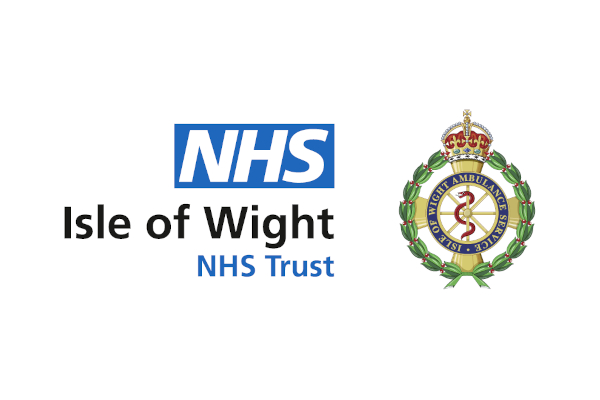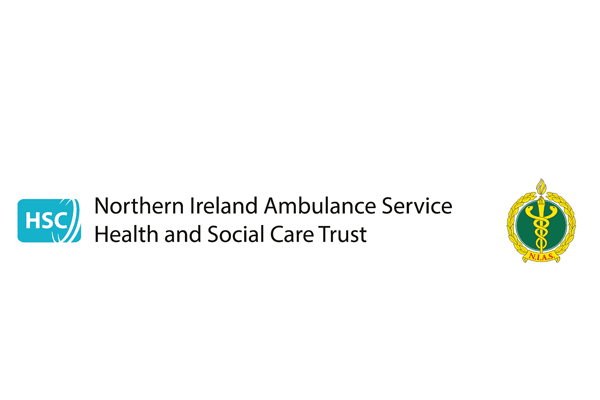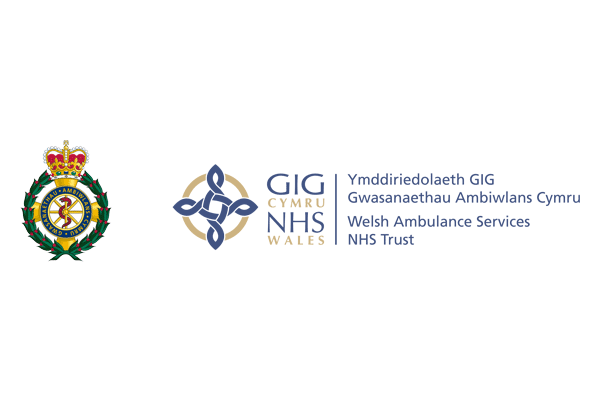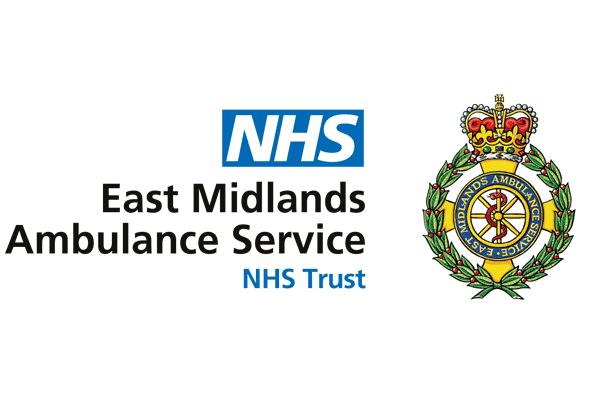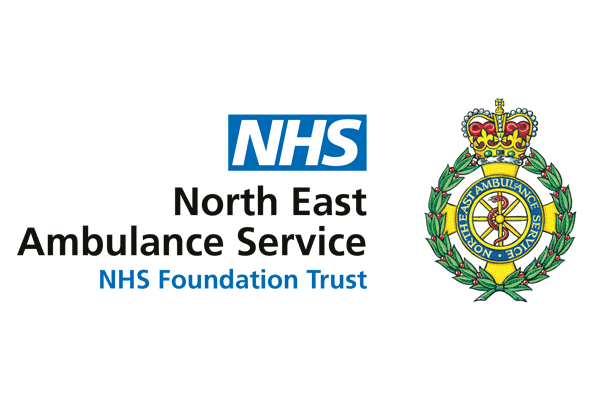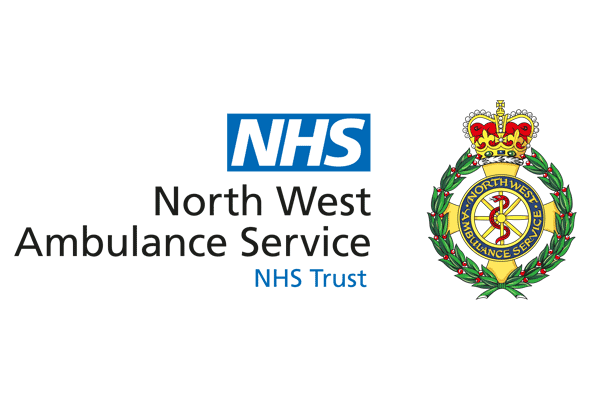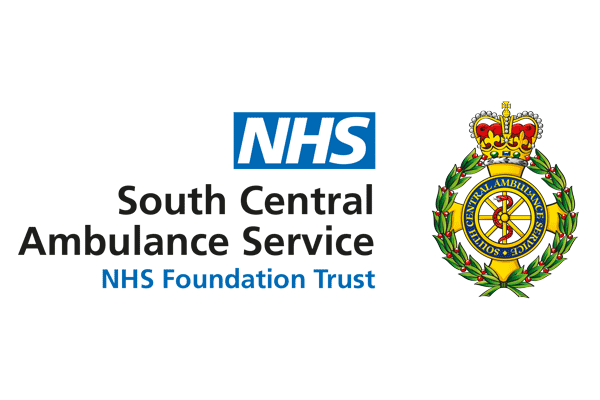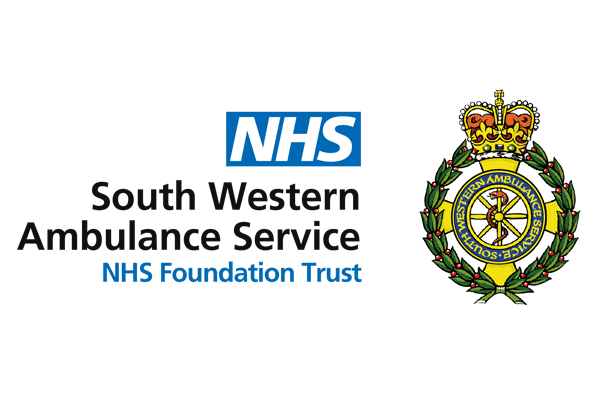The Association of Ambulance Chief Executives (AACE) has welcomed the report today (Wednesday 13 November 2013) on the first phase of the Urgent and Emergency Care Review, noting its ‘bold vision for the future of emergency and urgent care in England’ and welcoming the proposed increased role for ambulance services.
The report, produced by the National Medical Director of NHS England, Sir Bruce Keogh, proposes a fundamental shift in the provision of urgent care, and advocates a system-wide transformation over the next three to five years, with more extensive services outside hospital and patients with more serious or life threatening conditions receiving treatment in centres with the best clinical teams, expertise and equipment.
The report calls for the development of 999 ambulance services so that they become mobile urgent treatment services, noting that paramedics now have the skills and equipment to deliver treatments that would only have been done by doctors 10 years ago. The report also highlights that by working closely with improved community services, ambulance staff can safely manage many more patients at scene by either treating them in their own home or referring them on to other appropriate community based services.
The report adds that there are also opportunities for extending the training of paramedics to allow them to assess, prescribe for and manage patients with exacerbations of chronic illnesses, working more closely with GPs and other community health services.
AACE Managing Director Martin Flaherty OBE, said:
AACE has participated fully in this stage of the review and NHS ambulance services welcome this report. Many of our paramedics are already proving their value in the way that this report outlines, and are providing some of the innovative treatments that give people more appropriate care closer to home and away from hospital. Whilst this is welcome, we know that we can do much more in future.
This will require further investment in the training and education of paramedics and other ambulance staff together with a review of the overall capacity of ambulance services. This will ensure that they have the resources needed to resolve the patient’s issue without taking them to hospital.
Finally we welcome the recognition that the demand for ambulance services has rocketed in the past few years and the national commitment to addressing this important issue, which is long overdue. We are confident that ambulance services can rise to the challenge and help deliver the vision that Sir Bruce Keogh outlines.”
The report also suggests significant changes to A&E departments, with two new levels of emergency centres introduced. There will be between 40-70 designated “Major Emergency Centres” designated to deal with heart attacks, strokes and other serious illness and injury, which would be supported by a wider network of “Emergency Centres”, similar to most current provincial A&E departments, able to stabilise and initiate treatment for all serious cases, and transfer patients for higher-level care at emergency units.
To read the full NHS England press release about this report click here.
To read the full report click here.


